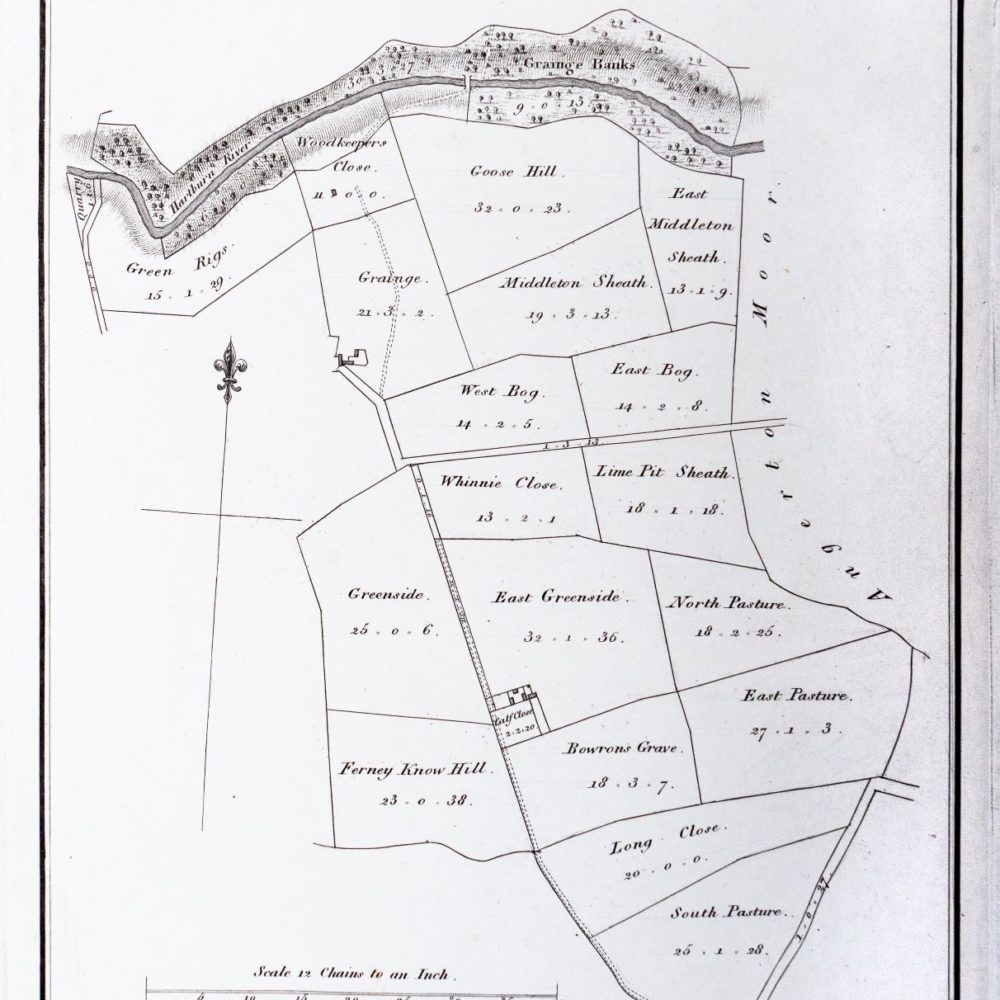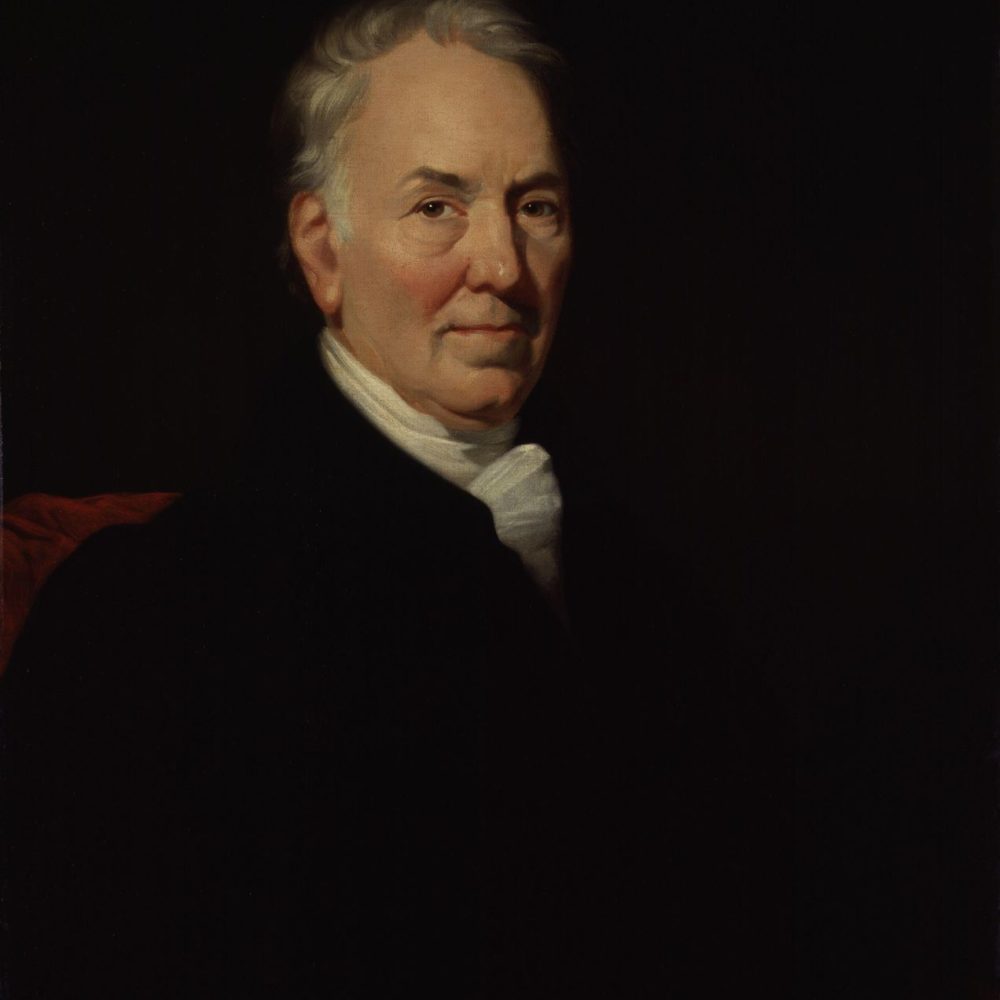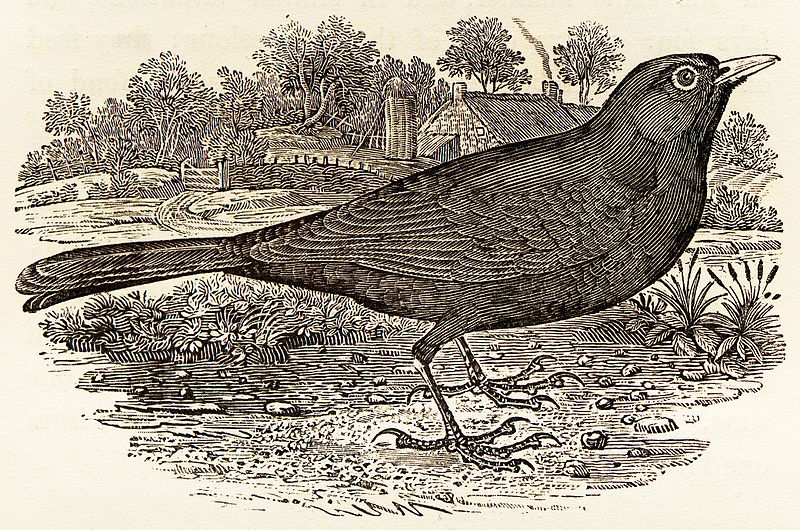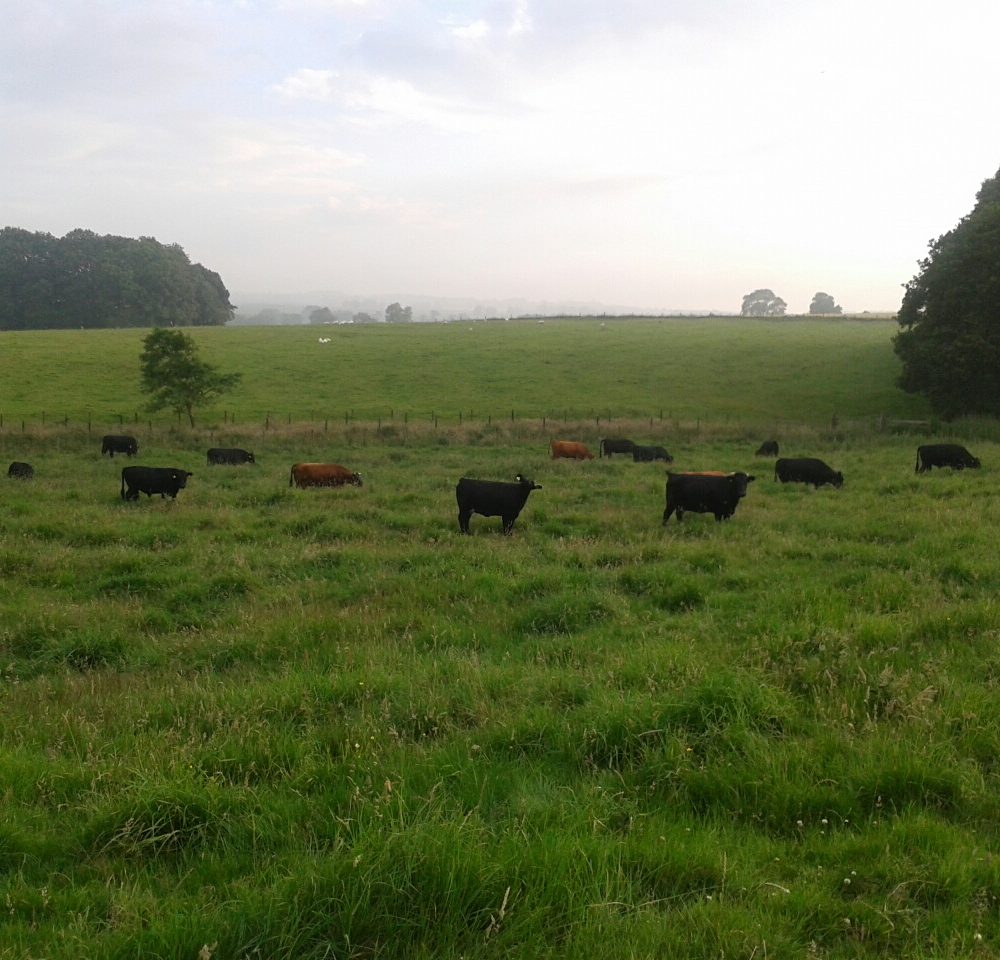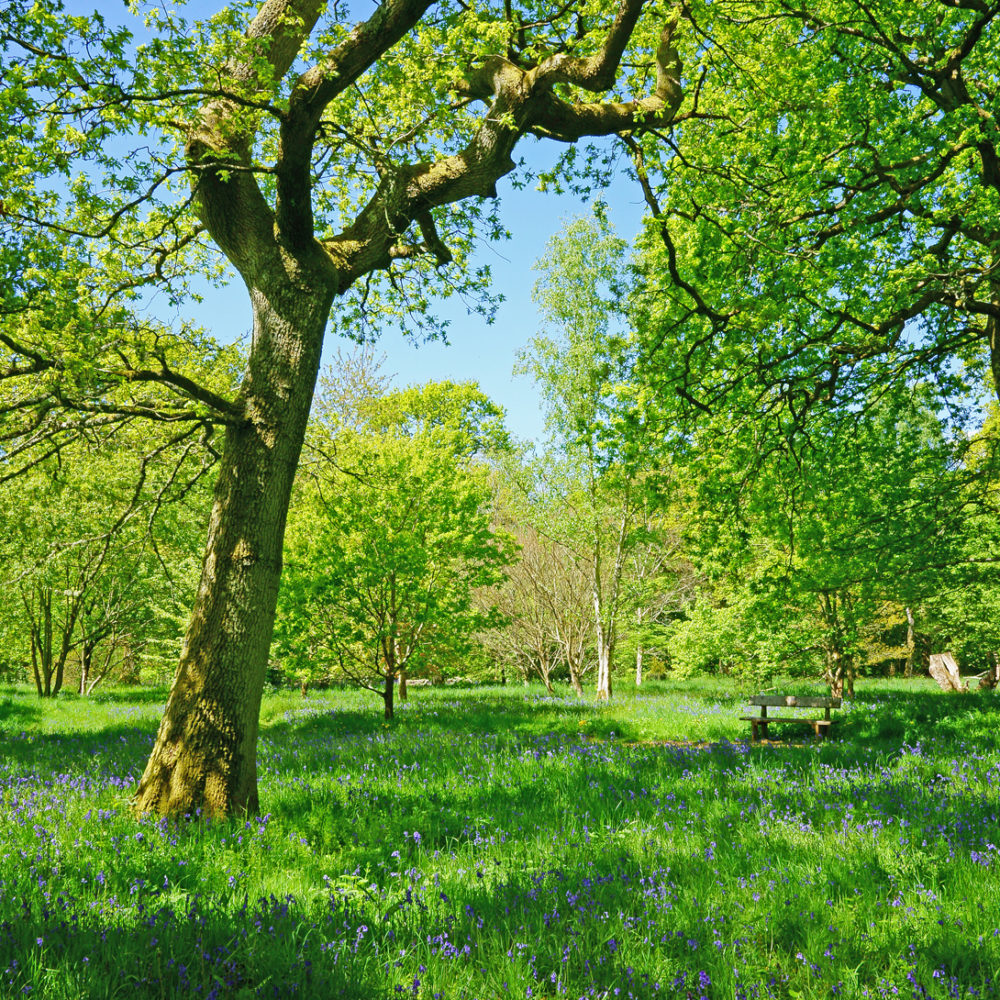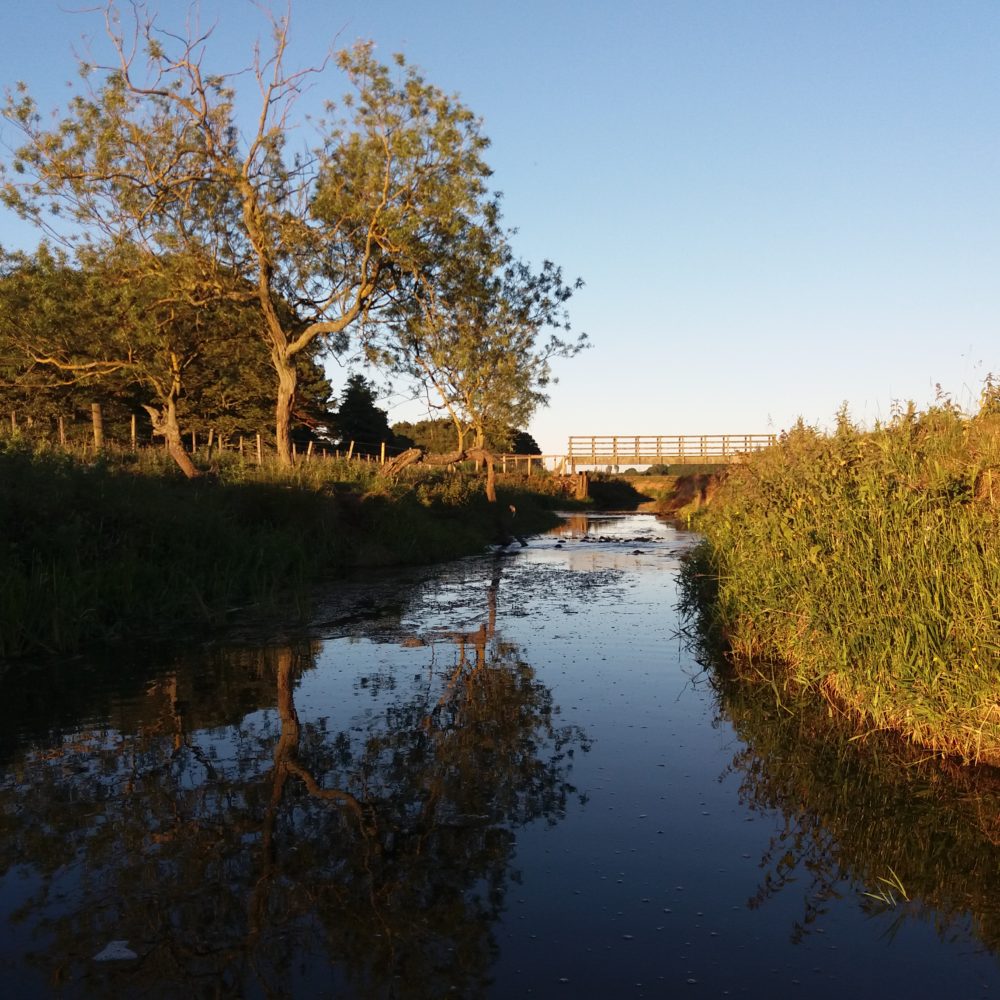History
In my research into the history of Middleton North I found some amazing maps at the Lit and Phil in Newcastle. It’s a long story but for a significant period of time the Greenwich Hospital owned a good chunk of the estate. In 1716 James Radclyffe, 3rd Earl of Derwentwater was stripped of his lands and his head for sticking to his principles and faith. Parliament passed his estates to Greenwich Hospital as a way of generating income to provide for the country’s large population of retired and injured sailors who had gallantly fought for King and Country, so I suppose some good came of the Earl’s huge loss
An interesting aside; On the day of his beheading the northern lights were said to be unusually brilliant, and have since been known as Lord Derwentwater’s Light
The Greenwich hospital were amazing managers and improvers of their estates. As part of that process they created detailed maps like the one shown of our bit of ground at Greenside.
I could wax on- check out the field names- my favourite Bowron’s Grave. Sadly, not the resting place of a favourite pig but a place where an old wood or “Grove” had stood. One last comment on those old maps –Any of the old hedgerows you see that have gone over time are going back in.


